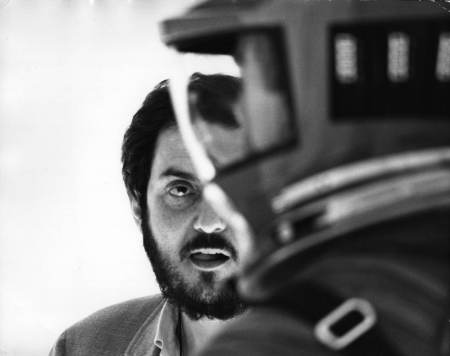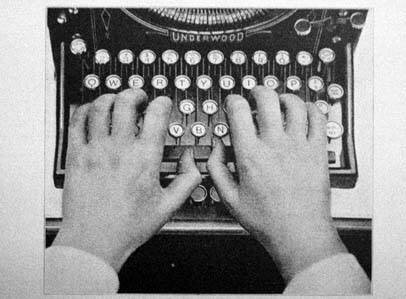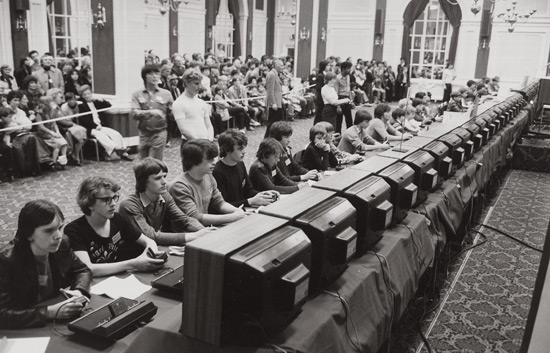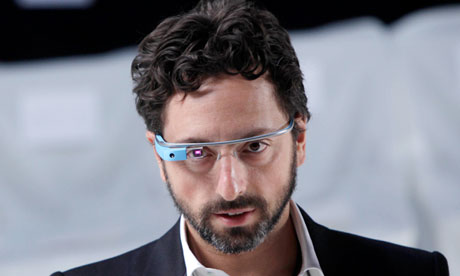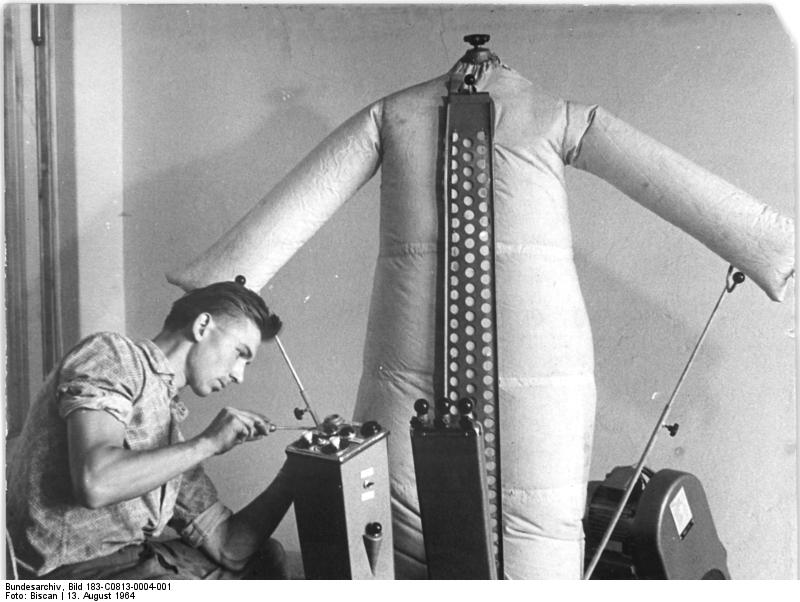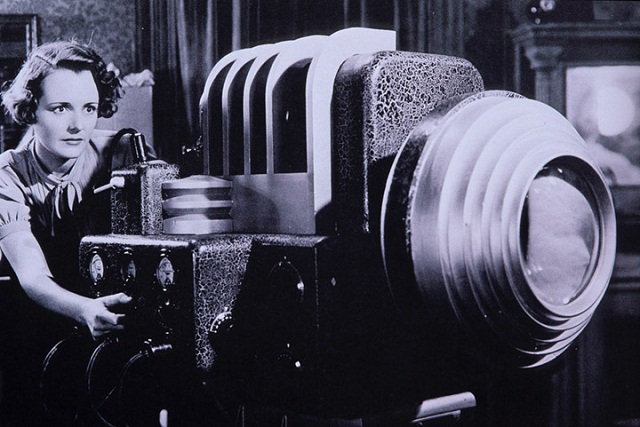In his speculative 1974 novel, Ecotopia, Ernest Callenbach imagined an America disrupted by a West Coast secession led by environmentalists. Stanford’s Balaji Srinivasan has a different dream: a techno-utopia built in the aftermath of a Silicon Valley exit. Sounds terrifying. Google’s Larry Page has actually offered a soft-core version previously, suggesting we create physical space for conducting experimentation that is beyond laws or regulation. Equally scary. From Nick Statt at Cnet:
“Cupertino, Calif. — Balaji Srinivasan opened his Y Combinator startup school talk with a joke: Is the US the Microsoft of nations? The question was received warmly by the crowd of more than 1,700 and did in fact have a logical conclusion: Larry Page and Sergey Brin, co-founders of Google, were exactly what Bill Gates feared when he said in 1998 that two people in a garage working on something new was Microsoft’s biggest threat.
What ties those two seams together? The idea of techno-utopian spaces — new countries even — that could operate beyond the bureaucracy and inefficiency of government. It’s a decision that hinges on exiting the current system, as Srinivasan terms it from the realm of political science, instead of using one’s voice to reform from within, the very way Page and Brin decided to found their search giant instead of seek out ways in which the then-current tech titans could solve new problems.
Calling his radical-sounding proposal ‘Silicon Valley’s Ultimate Exit,’ Srinivasan thinks that these limitless spaces, popularly postulated by Page at this year’s Google I/O, are already being created, thanks to technology and a desire to exit. Ultimately, the Stanford lecturer and co-founder of Counsyl, a genetics startup, thinks Silicon Valley could lead the charge in exiting en masse because, eventually, ‘they are going to try and blame the economy on Silicon Valley.'”







